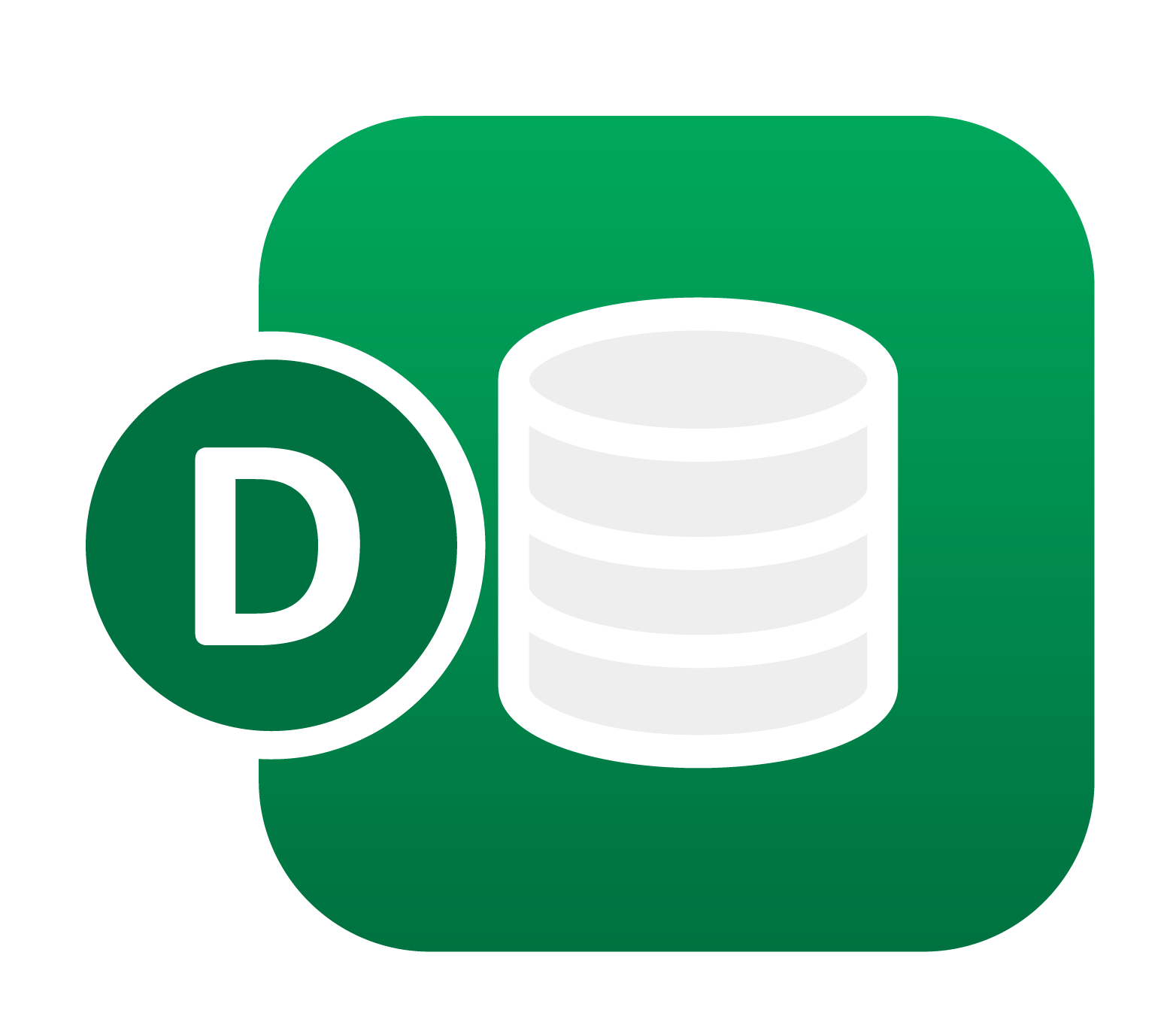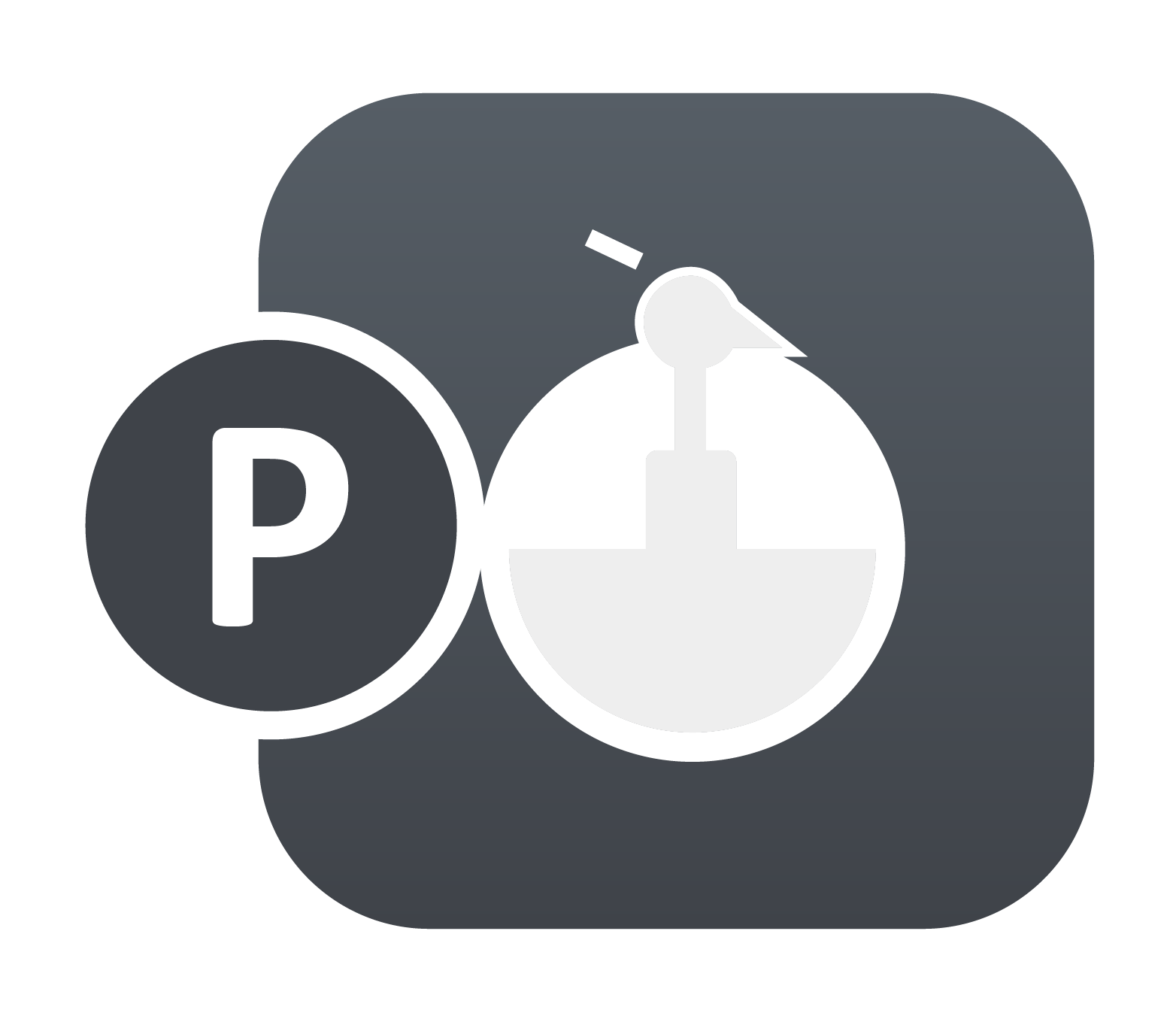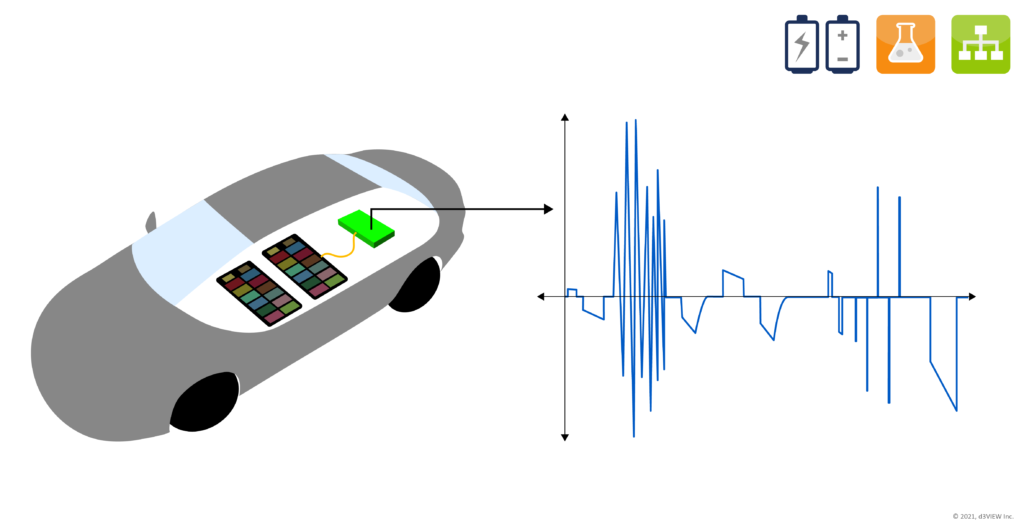Kriging interpolation
In the previous post, we have discussed about how interpolation works in general and reviewed a few commonly used interpolation methods. All these methods only consider the adjacent a few points. This works fine most of the time. However, in reality, data points further away from the interpolation point may also have some impact on…















